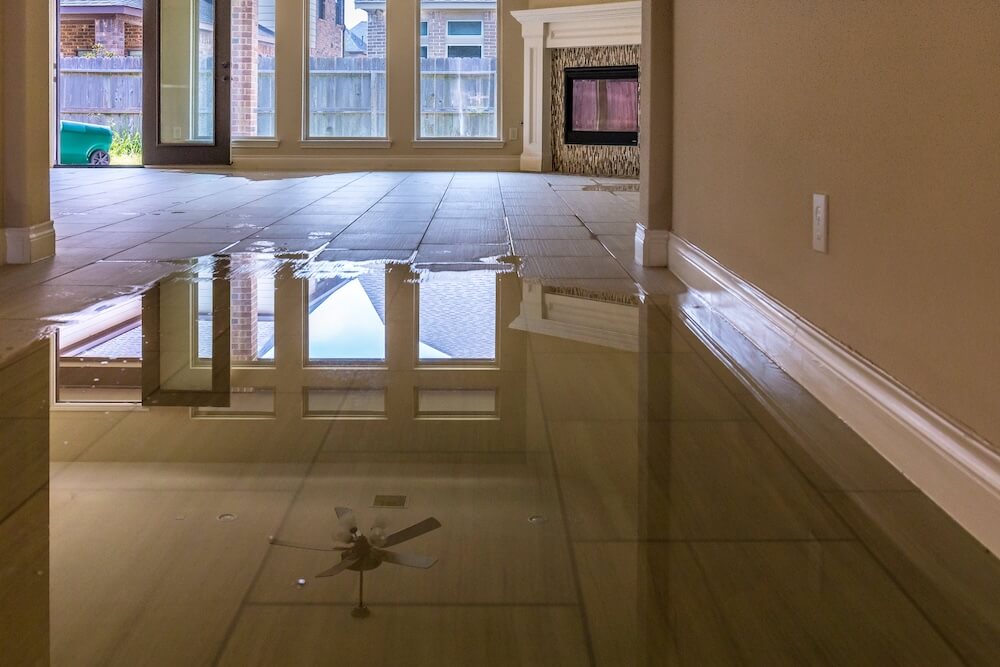Water damage can be a homeowner’s worst nightmare, causing structural issues, mold growth, and property loss. Whether from a burst pipe, heavy rain, or an appliance malfunction, the key to minimizing damage is swift and appropriate action. However, not all water damage situations are equal. Some can be handled with DIY methods, while others require professional water damage restoration Irvine services. Knowing when to tackle the issue yourself and when to call a professional can save you time, money, and potential health risks.
Understanding the Severity of Water Damage
Before deciding whether to DIY or call a professional, it’s essential to assess the extent of the damage. Water damage is classified into three categories:
- Category 1 (Clean Water): This is water from a clean source, such as a leaking faucet or water supply line. It poses no immediate health risks and can often be managed with DIY methods if addressed promptly.
- Category 2 (Gray Water): This water may contain contaminants, coming from sources like dishwashers, washing machines, or sump pump failures. It can cause illness if ingested and requires careful cleaning.
- Category 3 (Black Water): Highly contaminated water from sewage backups, floodwaters, or standing water for an extended period. This type of water damage is hazardous and requires professional expertise.
Understanding these categories helps in determining the appropriate course of action. While minor leaks can be handled with basic tools, severe damage, especially involving gray or black water, demands professional restoration services.
When DIY Water Damage Restoration is Feasible
For minor water damage incidents, DIY restoration can be a practical and cost-effective solution. If the affected area is small, the water source is clean, and you have the necessary tools, you can take the following steps:
- Shut Off the Water Source: If the leak is from a plumbing issue, turn off the main water supply to prevent further damage.
- Remove Excess Water: Use mops, towels, and wet/dry vacuums to soak up standing water quickly.
- Dry the Area Thoroughly: Open windows, use fans, and run dehumidifiers to accelerate drying and prevent mold growth.
- Disinfect Surfaces: Clean affected areas with a disinfectant to prevent bacterial or fungal growth.
- Monitor for Mold: Keep an eye on damp areas over the next few days to ensure no mold develops.
DIY methods work well for small-scale incidents that are addressed immediately. However, improper drying can lead to mold, structural weakening, and further damage, making professional help necessary in many cases.
When to Call a Professional
While minor leaks can be manageable, some water damage scenarios require expert restoration services. Here are signs that it’s time to call a professional:
- Extensive Water Damage: If water has spread across multiple rooms or affected structural elements like walls and flooring, professional equipment is needed for proper drying.
- Black Water Contamination: Sewage backups, floodwaters, and standing water from unknown sources contain harmful pathogens. Professionals have the expertise and protective gear to handle hazardous situations safely.
- Persistent Dampness: If moisture remains despite DIY efforts, professionals use industrial-grade dehumidifiers and infrared cameras to detect hidden pockets of moisture.
- Mold Growth: If mold appears, a professional is necessary to assess the spread and conduct safe mold remediation.
- Electrical Hazards: Water and electricity are a dangerous combination. If outlets, wiring, or electrical panels are affected, restoration should be left to experts.
- Insurance Requirements: Many insurance policies require professional documentation for claims related to significant water damage. Restoration companies provide detailed reports that support insurance claims.
Calling a professional ensures a thorough cleanup, preventing long-term problems like mold, weakened foundations, and expensive repairs down the line.
The Benefits of Professional Water Damage Restoration
Hiring a professional restoration service offers several advantages, particularly for extensive or hazardous water damage:
- Rapid Response and Efficiency: Professionals are equipped with specialized tools like high-powered pumps, industrial fans, and moisture detectors to mitigate damage quickly.
- Thorough Drying and Restoration: They ensure complete drying, preventing future issues like warped flooring, compromised drywall, or mold growth.
- Expert Mold Prevention: Professionals apply antimicrobial treatments and conduct thorough mold inspections to prevent health hazards.
- Structural Assessment: Restoration experts evaluate structural integrity and recommend necessary repairs, ensuring safety.
- Insurance Assistance: Many restoration companies work directly with insurance providers, simplifying claims and ensuring proper documentation.
Professional services not only restore your property but also provide peace of mind that the job is done safely and effectively.
Conclusion
Water damage restoration requires a strategic approach, and knowing when to DIY and when to call a professional can make all the difference. Small, manageable leaks with clean water can often be addressed with DIY methods, but when dealing with contaminated water, extensive damage, or mold risks, professional water damage restoration services are the safest and most effective option. Timely action and expert intervention ensure that your property is restored to its pre-damage condition, minimizing long-term risks and expenses. If in doubt, consulting a professional is always the best course of action to protect both your home and your health.

